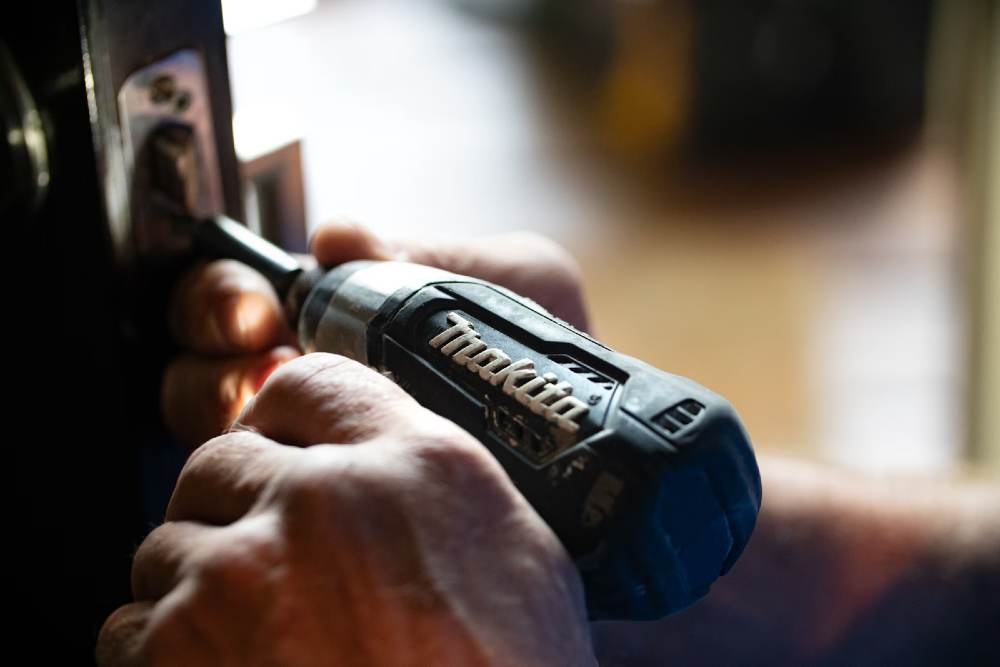
When it comes to choosing roofing solutions, understanding the differences between residential and commercial properties is essential. Homeowners and business owners face distinct challenges and requirements that influence their roofing choices.
Factors like budget, durability, aesthetics, and maintenance all play a critical role in the decision-making process. Whether you’re upgrading your home with a new roof or investing in a commercial space, knowing your options can save you time, money, and stress.
This article explores the top roofing solutions tailored to fit both residential and commercial needs, ensuring you have all the information you need to make the best choice for your property.
Contents
Understanding Roofing Materials
Choosing the right roofing material is fundamental to the longevity and efficiency of both residential and commercial roofs. For homes, popular options include asphalt shingles, metal roofs, or tile roofs. Asphalt shingles are well-regarded for their cost-effectiveness and wide range of styles.
As for metal roofs, they offer impressive longevity and energy efficiency, showing a lifespan of up to 50 years when installed correctly. Tiles provide a charming aesthetic and can withstand harsh weather conditions, proving to be a favorite in warmer climates.
On the other hand, commercial properties often opt for flat roofing solutions like TPO, EPDM, or built-up roofing. TPO is prized for its cost-effectiveness and excellent reflective properties, while EPDM offers superior resistance to UV rays and extreme temperatures.
Durability and Lifespan Comparisons
One of the primary differences between residential and commercial roofing solutions lies in durability and lifespan. Residential roofing solutions like asphalt shingles typically last around 20 to 30 years, depending on maintenance and local climate conditions.
This limited lifespan makes regular inspections and timely replacements crucial for homeowners. Contrastingly, many commercial roofing materials, such as metal or single-ply systems, can last significantly longer, with lifespans exceeding 30 to 50 years.
This longevity minimizes disruption to business operations, proving to be particularly beneficial for large commercial properties.
When considering a commercial space, investing in a reputable AAA Roofing commercial roofing company for installation can ensure that your roof withstands the test of time and remains resilient against harsh weather. This extended lifespan not only reduces the frequency of replacements but ensures that commercial properties are better protected against the elements, reducing long-term maintenance costs.
Maintenance Considerations
Maintenance of roofing solutions varies considerably between residential and commercial properties. Homeowners typically face seasonal tasks, such as cleaning gutters, checking for leaks, and inspecting shingles for wear and tear.
These minor chores can prevent expensive repairs down the line. Conversely, commercial roofs require a more thorough and proactive approach. Given the size and complexity of commercial roofing systems, regular inspections by professionals are recommended at least twice a year.
Compounding factors like accumulated debris, ponding water, and intense sun exposure can lead to significant issues if not addressed promptly. Train office staff on basic maintenance checks, but consider hiring an experienced contractor to manage larger inspections and repairs.
Cost Factors in Roofing Solutions
Both residential and commercial roofing projects vary widely in cost based on materials, size, and labor. Residential roofs generally fall in the range of $5,000 to $20,000, with asphalt shingles being the most affordable option. In contrast, metal roofs or tiles can increase costs, sometimes reaching $30,000 or more.
Commercial roofing costs tend to be higher due to size and complexity. On average, business owners can expect to spend anywhere from $10,000 to $100,000 on a new roof. Ongoing maintenance expenses should be factored into the budget. Developing a clear financial plan that accounts for unexpected costs will pave the way for smoother future renovations.
Understanding these key factors will empower you to make informed roofing decisions for both residential and commercial properties. The right roofing solution can enhance property value, ensure safety, and provide the necessary durability against weather elements.
Energy Efficiency in Roofing Solutions
Energy efficiency is an increasingly important consideration when selecting roofing materials for both homes and commercial properties. Residential roofs, such as metal roofing or cool roofing systems, can reflect more sunlight and absorb less heat, helping to reduce energy costs in the long run.
For commercial buildings, the use of TPO or EPDM roofing systems, which have excellent reflective properties, can contribute significantly to cooling costs, especially in hot climates. Choosing energy-efficient roofing solutions can lower utility bills and contribute to environmental sustainability by reducing the building’s overall carbon footprint.
Roofing for Aesthetic Appeal
Aesthetics play a significant role in the roofing choices for residential properties, where curb appeal is often a priority. Roofs made from materials like tile, slate, or high-end metal offer various styles and colors, contributing to a property’s overall look.
For commercial buildings, roofing solutions like green roofs or architectural metal roofing can complement modern design trends while serving functional purposes. A well-designed roof enhances the exterior appearance of any building, whether residential or commercial, making it an important factor in the overall appeal and value of the property.
Choosing the right roofing solution depends on factors such as energy efficiency, aesthetic preferences, and long-term durability. Whether you are upgrading your home’s roof or investing in a commercial space, each roofing material offers its own set of advantages that cater to specific needs.
By considering the key aspects outlined, you can make an informed decision that ensures your property’s protection, reduces energy costs, and enhances its overall appearance.



